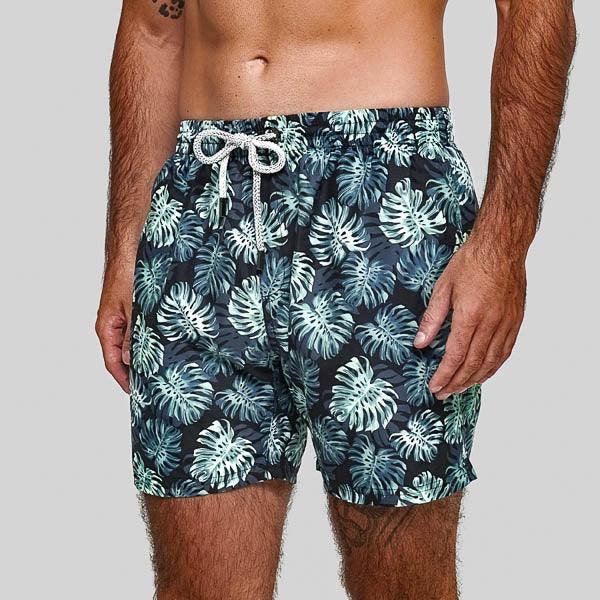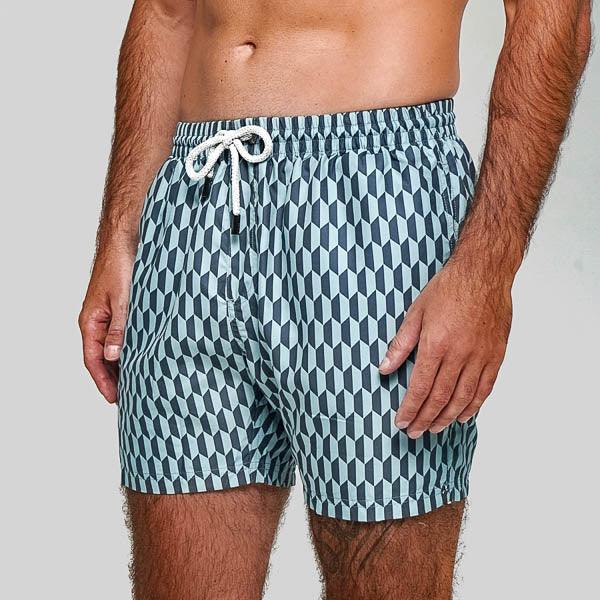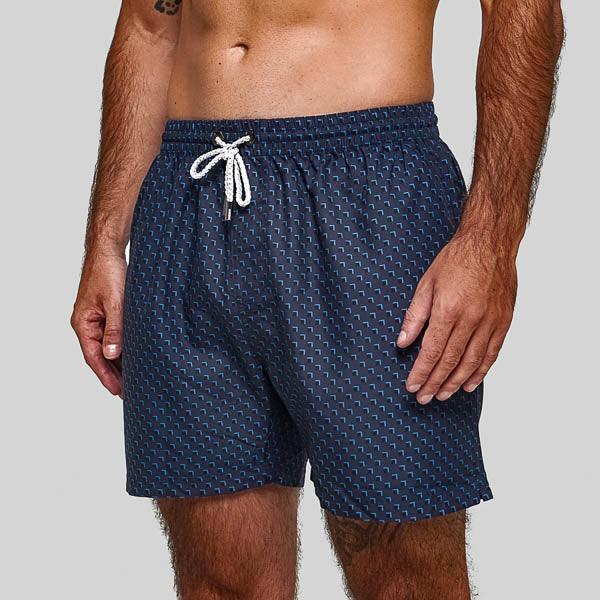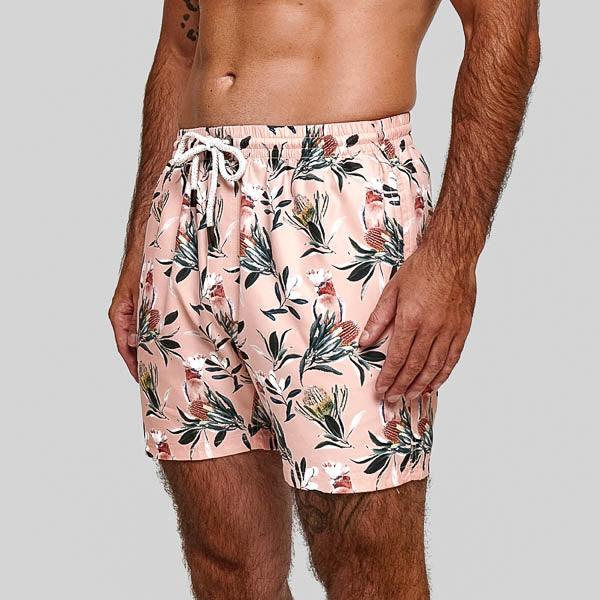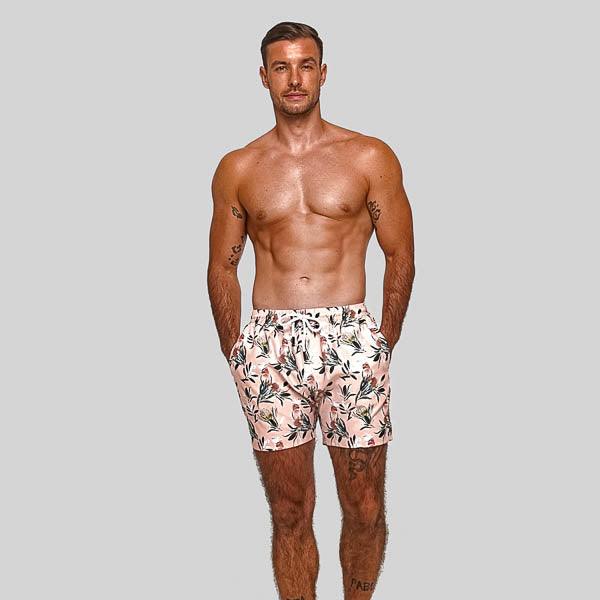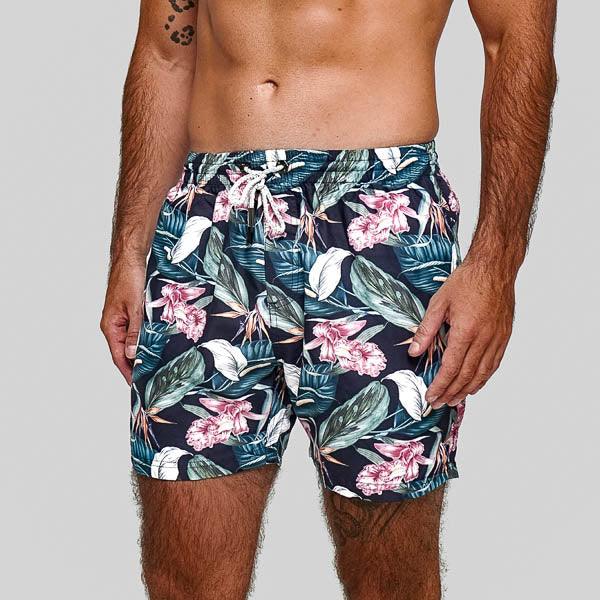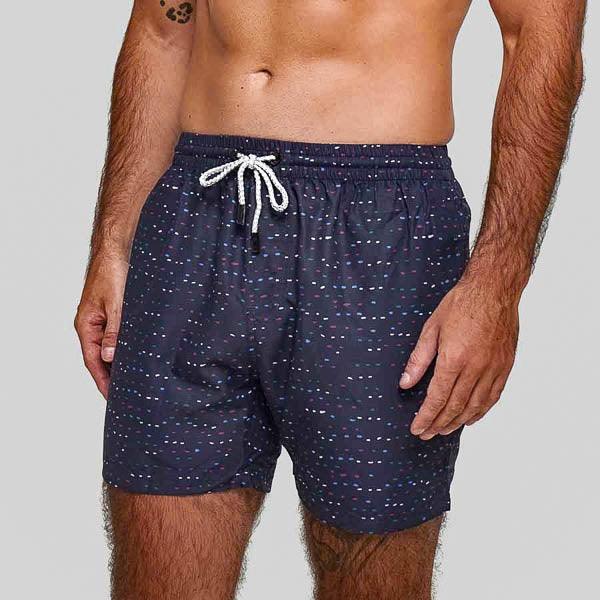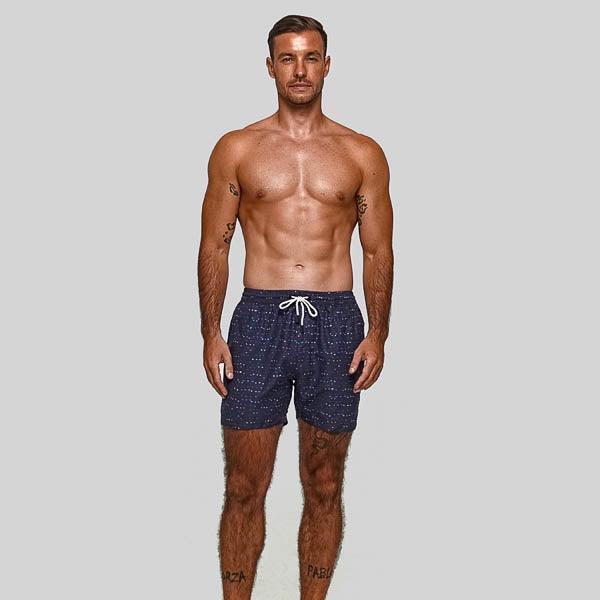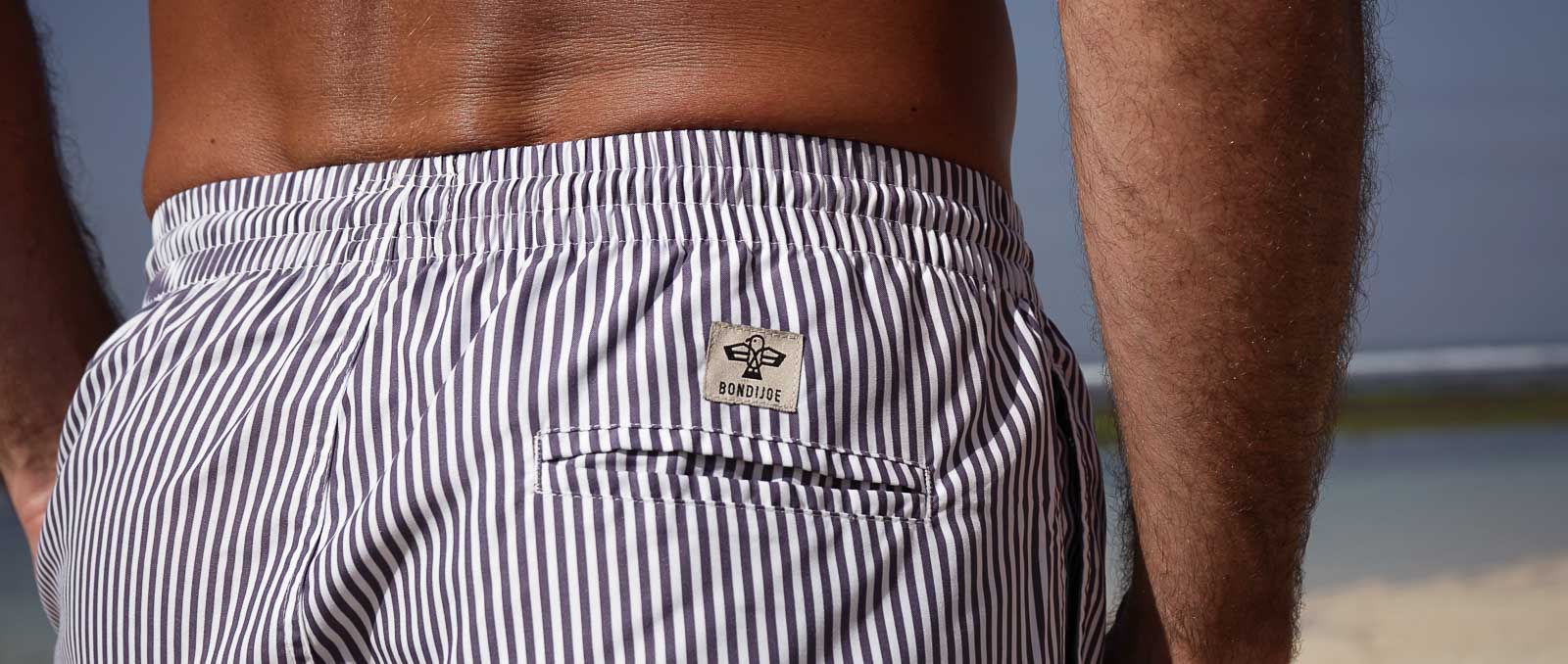For those who spend a lot of time swimming in pools, the effects of chlorine on swimwear can be a significant concern. Chlorine, while essential for keeping pool water clean and safe, can cause swimwear to fade, lose elasticity, and degrade more quickly. Chlorine-resistant swimwear has emerged as a solution for pool lovers who want to maintain the quality, durability, and appearance of their swimwear. This article explores the benefits of chlorine-resistant swimwear, how it works, and tips for choosing the best options available.
The Impact of Chlorine on Swimwear
Chlorine is a powerful chemical used to disinfect pool water, but its harsh properties can negatively affect swimwear fabrics. Prolonged exposure to chlorine can cause:
- Color Fading: Chlorine breaks down the dyes in swimwear, leading to faded and dull colors.
- Loss of Elasticity: The elastic fibers in swimwear, such as spandex or Lycra, can deteriorate, causing the fabric to lose its stretch and fit.
- Fabric Degradation: Chlorine can weaken the overall structure of the fabric, making it more prone to tears and wear.
Benefits of Chlorine-Resistant Swimwear
Longer Lifespan
Chlorine-resistant swimwear is designed to withstand the damaging effects of chlorine, ensuring a longer lifespan compared to regular swimwear. This means you won't need to replace your swimwear as frequently, saving you money in the long run.
Maintained Appearance
Swimwear that resists chlorine maintains its vibrant colors and elasticity even after multiple uses. This ensures you always look your best at the pool, with swimwear that retains its shape and style.
Enhanced Comfort
Chlorine-resistant materials often provide a more consistent fit over time, as they are less likely to lose their elasticity. This enhances comfort, allowing you to swim and move freely without worrying about sagging or stretched-out swimwear.
How Chlorine-Resistant Swimwear Works
Chlorine-resistant swimwear is typically made from specially engineered fabrics designed to resist the damaging effects of chlorine. The most common materials include:
- Polyester Blends: Polyester is inherently more resistant to chlorine than other fabrics. When blended with other fibers like PBT (polybutylene terephthalate), it creates a durable and stretchy material perfect for swimwear. Bondi Joe's range of mens swim trunks are made from 100% recycled polyester.
- Chlorine-Resistant Elastane: Some swimwear brands use chlorine-resistant elastane, a type of spandex specifically formulated to withstand chlorine exposure better than regular elastane.
Tips for Choosing Chlorine-Resistant Swimwear
Check the Fabric Composition
When selecting chlorine-resistant swimwear, always check the fabric composition. Look for swimsuits made primarily from polyester blends or fabrics labeled as chlorine-resistant. Avoid swimwear with high spandex content, as it is more susceptible to chlorine damage.
Look for Reputable Brands
Certain brands are known for their high-quality chlorine-resistant swimwear. Brands like Speedo, TYR, and Arena offer a range of options specifically designed for frequent pool use. Researching and choosing reputable brands can ensure you get a durable and effective product.
Consider the Fit
Ensure that the swimwear fits well and is comfortable for extended wear. Chlorine-resistant swimwear should provide a snug but not restrictive fit, allowing you to move freely and confidently in the pool.
UV Protection
Many chlorine-resistant swimsuits also offer UV protection, shielding your skin from harmful sun rays during outdoor swimming sessions. This added feature is particularly beneficial for those who swim both indoors and outdoors.
Style and Design
Chlorine-resistant swimwear comes in various styles and designs, from one-piece swimsuits to bikinis and swim trunks. Choose a style that suits your personal preferences and swimming needs. Consider features like adjustable straps, built-in support, and coverage options to find the perfect fit.
Caring for Chlorine-Resistant Swimwear
Even though chlorine-resistant swimwear is designed to withstand chlorine damage, proper care is essential to maximize its lifespan. Here are some tips:
- Rinse After Each Use: Rinse your swimwear with fresh, cold water immediately after swimming to remove chlorine and prevent buildup.
- Hand Wash with Mild Detergent: Hand wash your swimwear using a mild detergent specifically formulated for delicate fabrics. Avoid using bleach or fabric softeners.
- Air Dry: Lay your swimwear flat to dry in a shaded area. Avoid wringing or twisting the fabric, and never use a dryer.
Conclusion
For pool lovers, investing in chlorine-resistant swimwear is a smart choice that ensures your swimwear remains in excellent condition despite frequent exposure to chlorine. By understanding the benefits and knowing how to choose and care for chlorine-resistant swimwear, you can enjoy your time in the pool without worrying about premature wear and tear. Embrace the durability, maintained appearance, and enhanced comfort that chlorine-resistant swimwear offers, and make the most of your swimming experience. Learn more in our other guides to mens swimwear fabric and technology.
FAQs
-
What makes swimwear chlorine-resistant? Chlorine-resistant swimwear is typically made from polyester blends or chlorine-resistant elastane, which are designed to withstand chlorine damage better than regular fabrics.
-
How can I ensure my swimwear lasts longer? Rinse your swimwear immediately after use, hand wash with mild detergent, and air dry in a shaded area to maximize its lifespan.
-
Which brands offer good chlorine-resistant swimwear? Reputable brands like Speedo, TYR, and Arena are known for their high-quality chlorine-resistant swimwear.
-
Does chlorine-resistant swimwear offer UV protection? Many chlorine-resistant swimsuits also provide UV protection, making them ideal for both indoor and outdoor swimming.
-
What styles are available in chlorine-resistant swimwear? Chlorine-resistant swimwear comes in various styles, including one-piece swimsuits, bikinis, swim trunks, and jammers, catering to different preferences and needs.
-
Why is it important to rinse swimwear after swimming? Rinsing swimwear after swimming removes chlorine and other impurities, preventing buildup and reducing the risk of fabric degradation.



